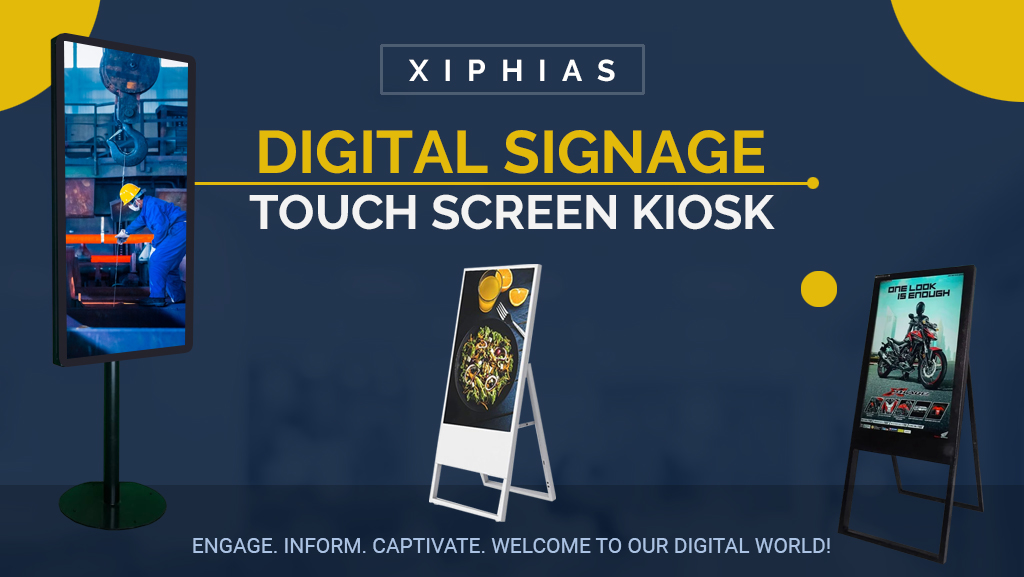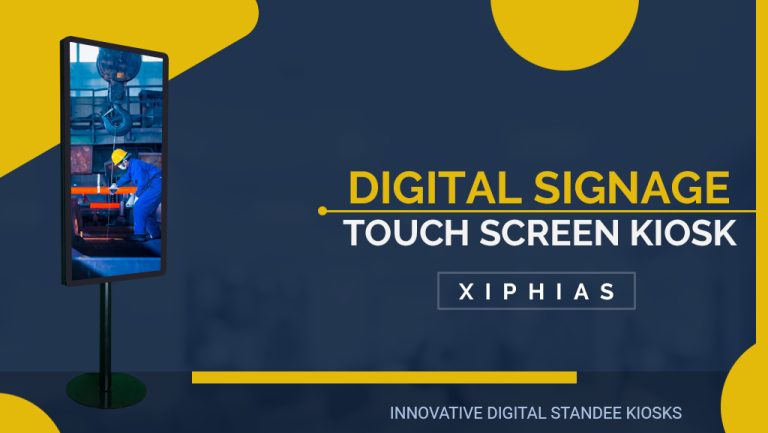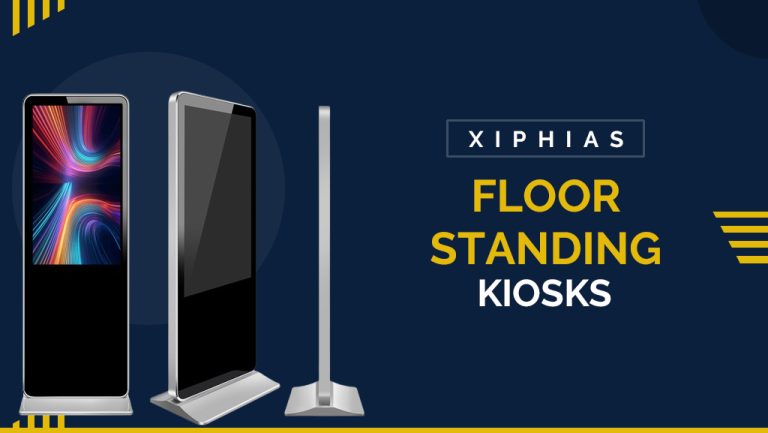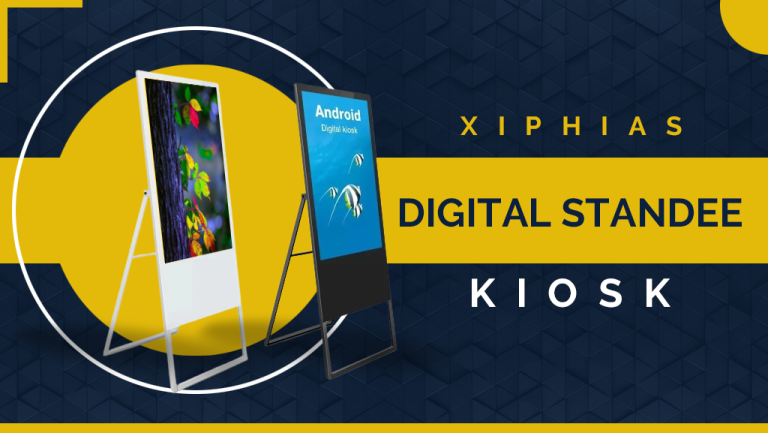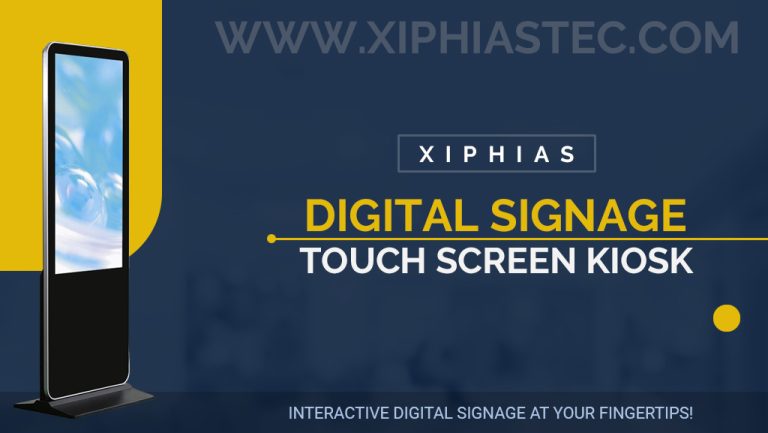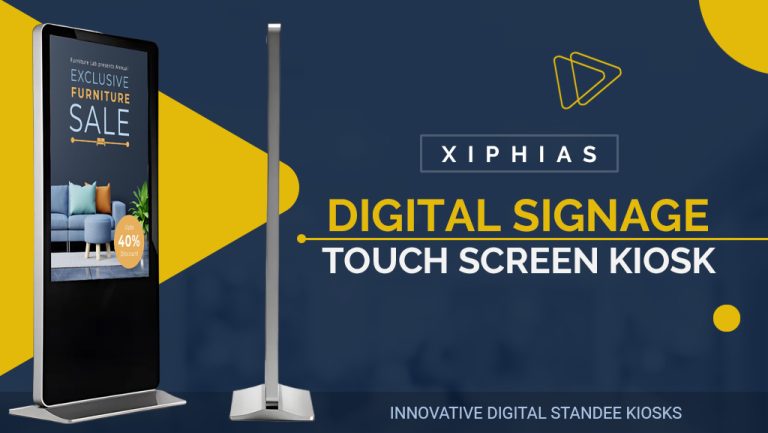Digital Signage Kiosks vs Traditional Signage: Which is Right for You?
Digital Signage Kiosks vs Traditional Signage:
In the realm of advertising and information dissemination, businesses face the pivotal decision of choosing between traditional signage and digital signage kiosks. Both options have their advantages and limitations, and the choice between them depends on various factors, including the nature of the business, target audience, and budget considerations.
Digital Signage Kiosks: The Modern Approach
Dynamic Content Display:
One of the primary advantages of digital signage kiosks is their ability to display dynamic and interactive content. These kiosks use digital screens to showcase a variety of multimedia content, including videos, animations, and real-time updates. The dynamic nature of the content captures attention more effectively than static displays, making it an excellent choice for businesses looking to create engaging and memorable advertising.
Real-Time Updates and Flexibility:
Digital signage kiosks provide the flexibility to update content in real-time. Whether promoting new products, announcing promotions, or displaying dynamic information like social media feeds or live news, these kiosks can adapt swiftly to changes in marketing strategies or business offerings. The ability to make instantaneous updates ensures that your content remains relevant and impactfull.
Interactive Customer Engagement:
Digital signage kiosks can incorporate interactive elements such as touch screens or sensors, encouraging customer engagement. Businesses can provide interactive maps, product information, or even gamified content to create a more immersive experience. Interactive engagement not only captures the audience’s attention but also fosters a sense of participation and connection with the brand.
Cost-Effective Over Time:
While the initial investment in digital signage kiosks may be higher compared to traditional signage, they can prove cost-effective over time. The ability to update content digitally eliminates recurring costs associated with printing and distributing new materials for every campaign. This sustainability contributes to long-term cost savings for businesses.
Data Analytics for Performance Monitoring:
Digital signage kiosks offer data analytics capabilities, allowing businesses to monitor the performance of their content. Metrics such as audience engagement, dwell time, and popular content can be tracked and analyzed. This data-driven approach provides valuable insights for refining content strategies and optimizing future campaigns, contributing to more effective marketing efforts.
Traditional Signage: The Time-Tested Classic
Familiarity and Timelessness:
Traditional signage, whether in the form of banners, posters, or billboards, carries a sense of familiarity and timelessness. Consumers are accustomed to traditional signage, making it a reliable choice for businesses aiming to convey a straightforward message without the need for dynamic or interactive elements. The classic nature of traditional signage can evoke a sense of trust and reliability.
Cost-Effective Initial Investment:
Traditional signage generally requires a lower initial investment compared to digital signage kiosks. For small businesses or those with budget constraints, traditional signage provides a cost-effective means of establishing a visible presence. Simple printed materials can effectively communicate key messages without the need for ongoing technological investments.
Low Maintenance and Energy Consumption:
Traditional signage is known for its low maintenance requirements and energy-efficient nature. Once installed, traditional signage typically requires minimal attention, making it a convenient option for businesses with limited resources for ongoing maintenance. Unlike digital signage kiosks, which may require regular updates and technical support, traditional signage is a low-maintenance solution.
Versatility in Design and Placement:
Traditional signage offers versatility in terms of design and placement. Businesses can choose from a variety of materials, sizes, and locations for their signage, allowing for a customized approach to fit specific branding needs. Traditional signage can be placed strategically to reach the target audience effectively, whether it’s at the storefront, along highways, or within a physical location.
Choosing the Right Option for Your Business:
Consider Your Target Audience:
Understanding your target audience is crucial in making the right signage choice. If your audience is tech-savvy and appreciates interactive and dynamic content, digital signage kiosks may be more effective. On the other hand, if your audience prefers a classic and straightforward approach, traditional signage might better align with their expectations.
Evaluate Your Budget and Resources:
Budget considerations play a significant role in choosing between digital signage kiosks and traditional signage. While digital signage kiosks may have a higher initial cost, traditional signage offers a more budget-friendly solution. Consider your available resources, both in terms of budget and manpower, when making your decision.
Examine Your Content Strategy:
The type of content you wish to display plays a crucial role in your signage choice. If you require dynamic and interactive content that can be updated regularly, digital signage kiosks are a more suitable option. However, if your content is static and does not require frequent updates, traditional signage may be a more practical choice.
Assess the Physical Space:
Consider the physical space where you intend to display your signage. Digital signage kiosks may be more suitable for indoor spaces or locations with high foot traffic, where interactive engagement can be leveraged effectively. Traditional signage may be a better fit for outdoor spaces or areas with limited access to power sources.
Conclusion
In conclusion, the choice between digital signage kiosks and traditional signage ultimately depends on the unique needs and goals of your business. Digital signage kiosks offer a modern, dynamic, and interactive approach, while traditional signage provides a classic and cost-effective solution. Evaluating your target audience, budget, content strategy, and physical space will guide you in making an informed decision that aligns with your brand’s identity and marketing objectives. Whether you opt for the cutting-edge capabilities of digital signage kiosks or the timeless simplicity of traditional signage, the key is to choose the option that best resonates with your audience and helps you achieve your business goals.

